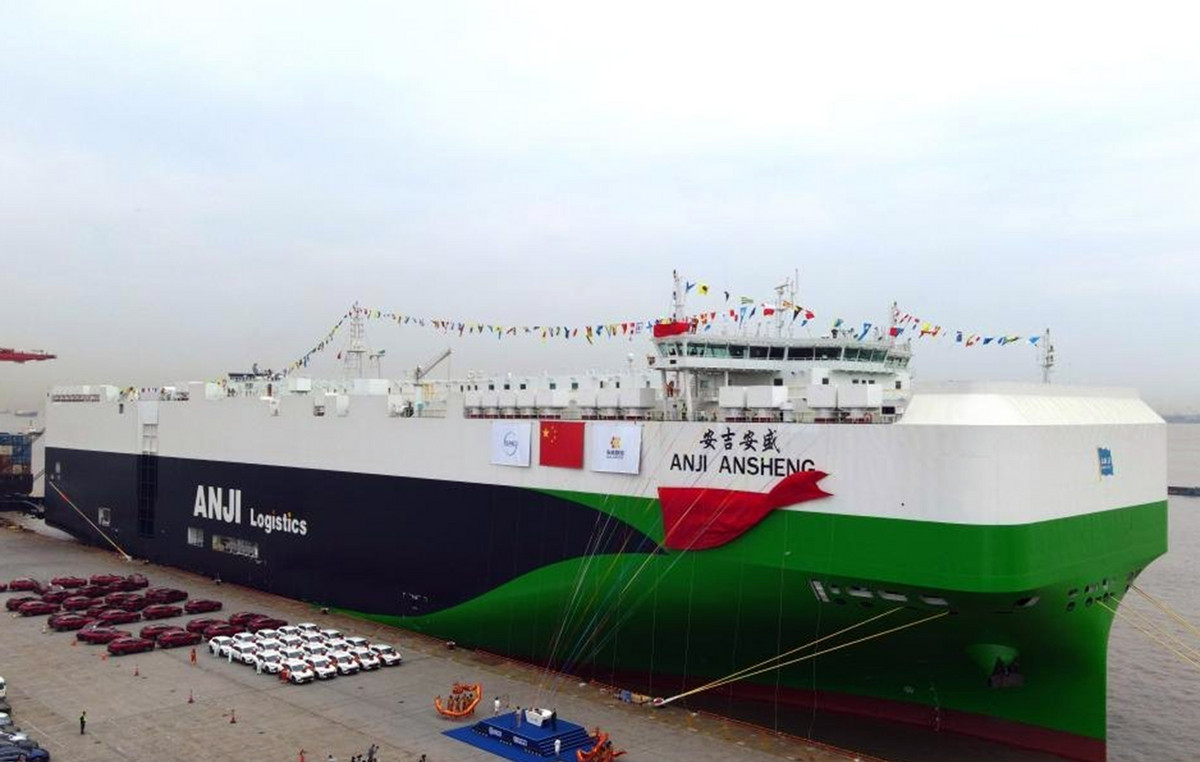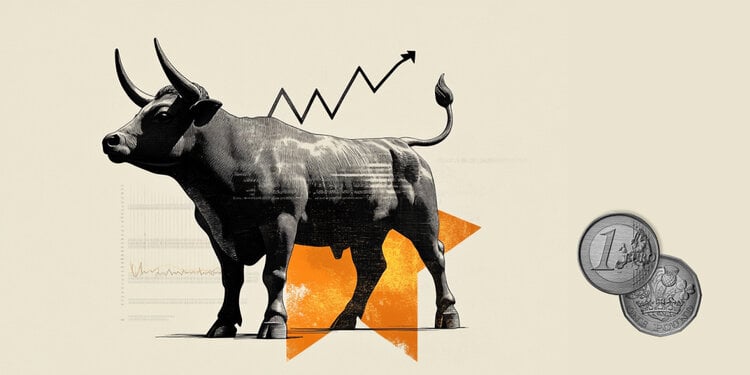- WTI gains some positive traction amid rising geopolitical tensions in the Middle East.
- A drop in US crude inventories and some USD buying provide additional support.
- China’s economic woes will limit gains ahead of key FOMC monetary policy decision.
US West Texas Intermediate (WTI) crude oil prices are up during the Asian session on Wednesday and moving away from the lowest level since June 6, around the $74.25 area touched the previous day. The commodity, for now, seems to have snapped a three-day losing streak and is currently trading around the $75.25 mark, although any significant appreciating move seems elusive.
Israel’s retaliation against Iran-backed Lebanese group Hezbollah in response to the attack on the Golan Heights on Saturday has raised the risk of a wider conflict in the Middle East. This, in turn, is fuelling concerns about supply disruptions from the key oil-producing region, which, together with data showing sharp declines in US crude inventories for a fifth consecutive week, is lending some support to the black liquid.
The American Petroleum Institute (API) reported on Tuesday that U.S. crude oil inventories fell by 4.495 million barrels for the week ended July 26, indicating tight conditions in the world’s largest fuel consumer. Meanwhile, the US Dollar (USD) extends the overnight pullback from a three-week peak amid dovish Federal Reserve (Fed) expectations and further benefits crude oil prices.
Traders, however, seem reluctant and prefer to wait for more clues on the Fed’s policy path before positioning for any further USD depreciation move. Meanwhile, concerns over slowing demand in the world’s top oil importer resurfaced following the release of Chinese official PMI data for July, which turned out to be rather disappointing. This, in turn, could limit any further gains for crude oil prices.
WTI Oil FAQs
WTI crude oil is a type of crude oil sold on international markets. WTI stands for West Texas Intermediate, one of three main types that include Brent and Dubai crude. WTI is also known as “light” and “sweet” for its relatively low gravity and sulfur content, respectively. It is considered a high-quality oil that is easily refined. It is sourced in the United States and distributed through the Cushing hub, considered “the pipeline crossroads of the world.” It is a benchmark for the oil market and the price of WTI is frequently quoted in the media.
Like all assets, supply and demand are the main factors determining the price of WTI crude oil. As such, global growth can be a driver of increased demand and vice versa in the case of weak global growth. Political instability, wars and sanctions can disrupt supply and impact prices. Decisions by OPEC, a group of large oil producing countries, are another key driver of price. The value of the US Dollar influences the price of WTI crude oil, as oil is primarily traded in US Dollars, so a weaker Dollar can make oil more affordable and vice versa.
The weekly oil inventory reports published by the American Petroleum Institute (API) and the Energy Information Agency (EIA) influence the price of WTI oil. Changes in inventories reflect fluctuations in supply and demand. If the data show a decrease in inventories, it may indicate an increase in demand, which would push up the price of oil. An increase in inventories may reflect an increase in supply, which pushes down prices. The API report is published every Tuesday, and the EIA report the following day. Their results are usually similar, with a difference of 1% between them 75% of the time. The EIA data is considered more reliable because it is a government agency.
OPEC (Organization of the Petroleum Exporting Countries) is a group of 13 oil-producing nations that collectively decide on member countries’ production quotas at biennial meetings. Their decisions often influence WTI oil prices. When OPEC decides to reduce quotas, it can restrict supply and drive up oil prices. When OPEC increases production, the opposite effect occurs. OPEC+ is an expanded group that includes ten other non-OPEC countries, most notably Russia.
Source: Fx Street
I am Joshua Winder, a senior-level journalist and editor at World Stock Market. I specialize in covering news related to the stock market and economic trends. With more than 8 years of experience in this field, I have become an expert in financial reporting.







